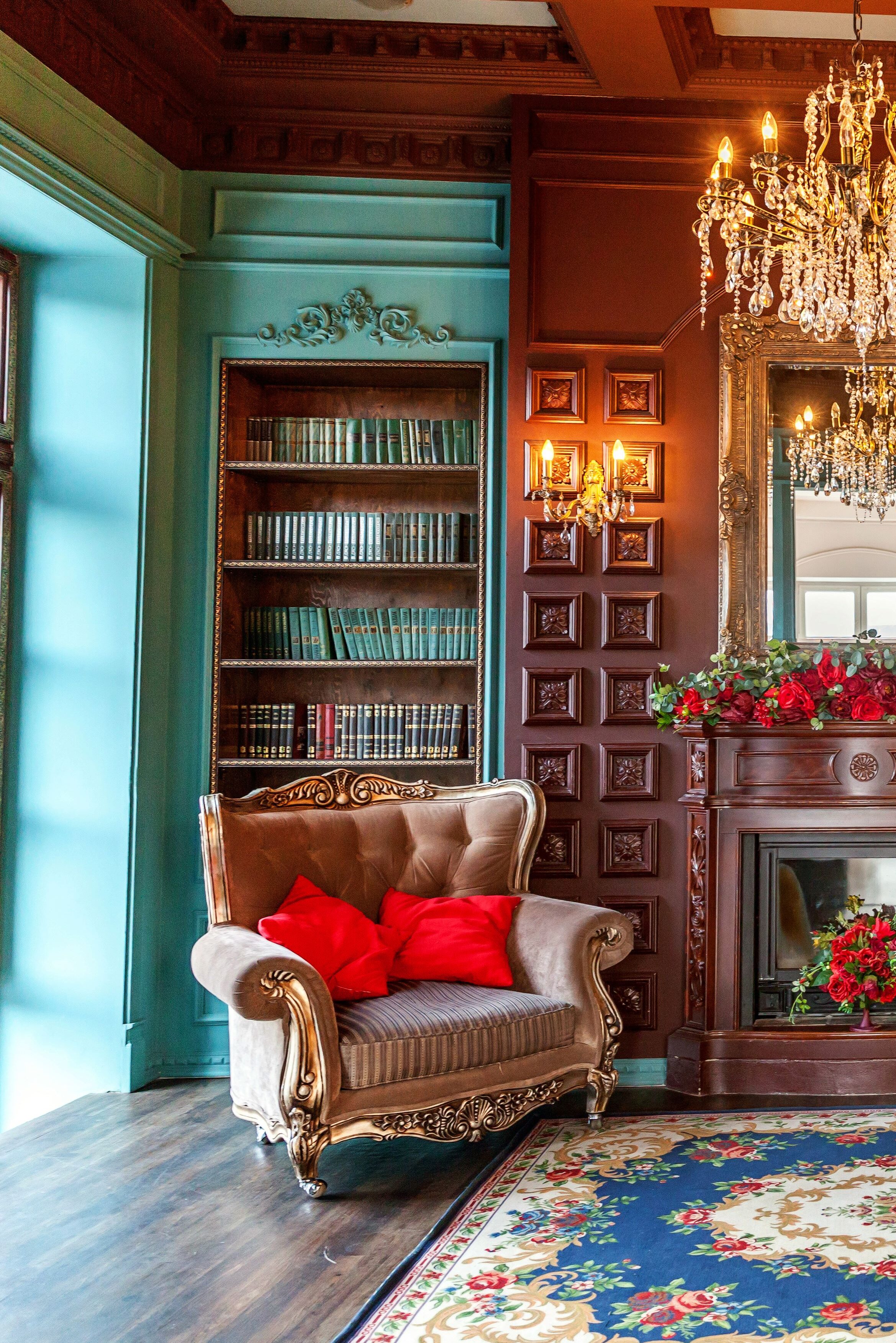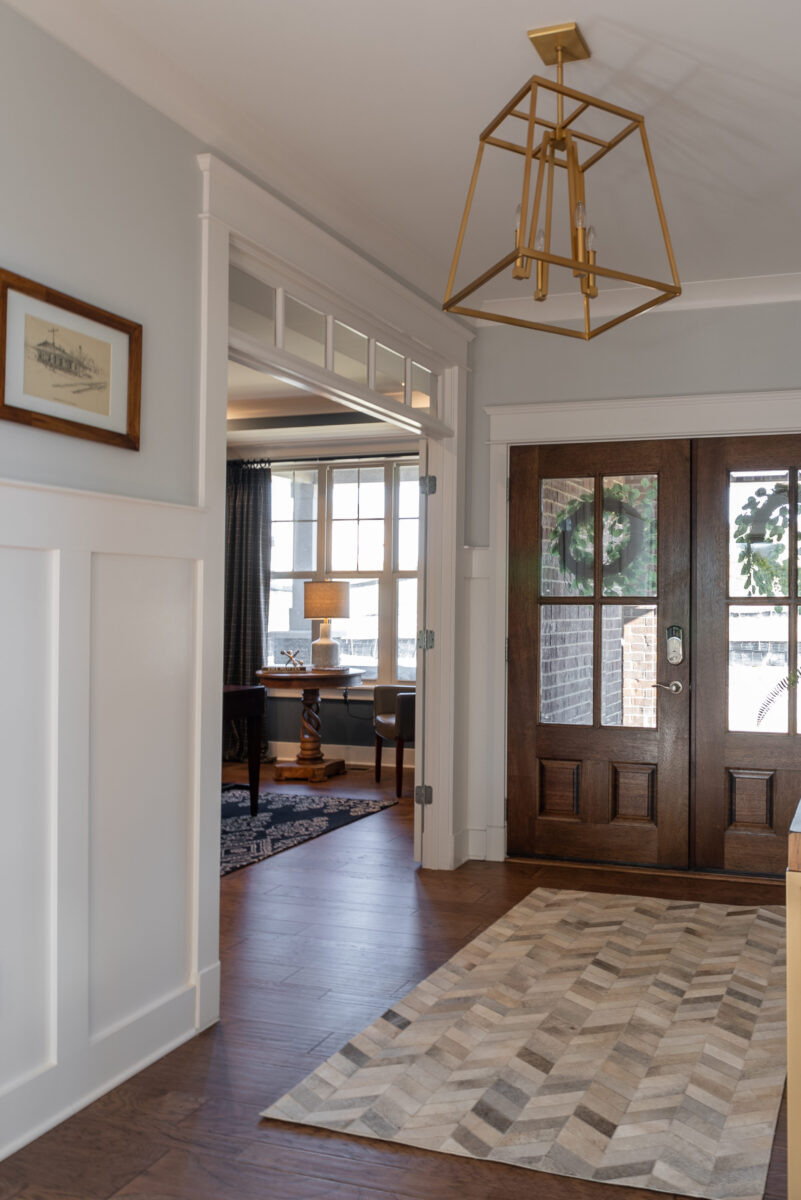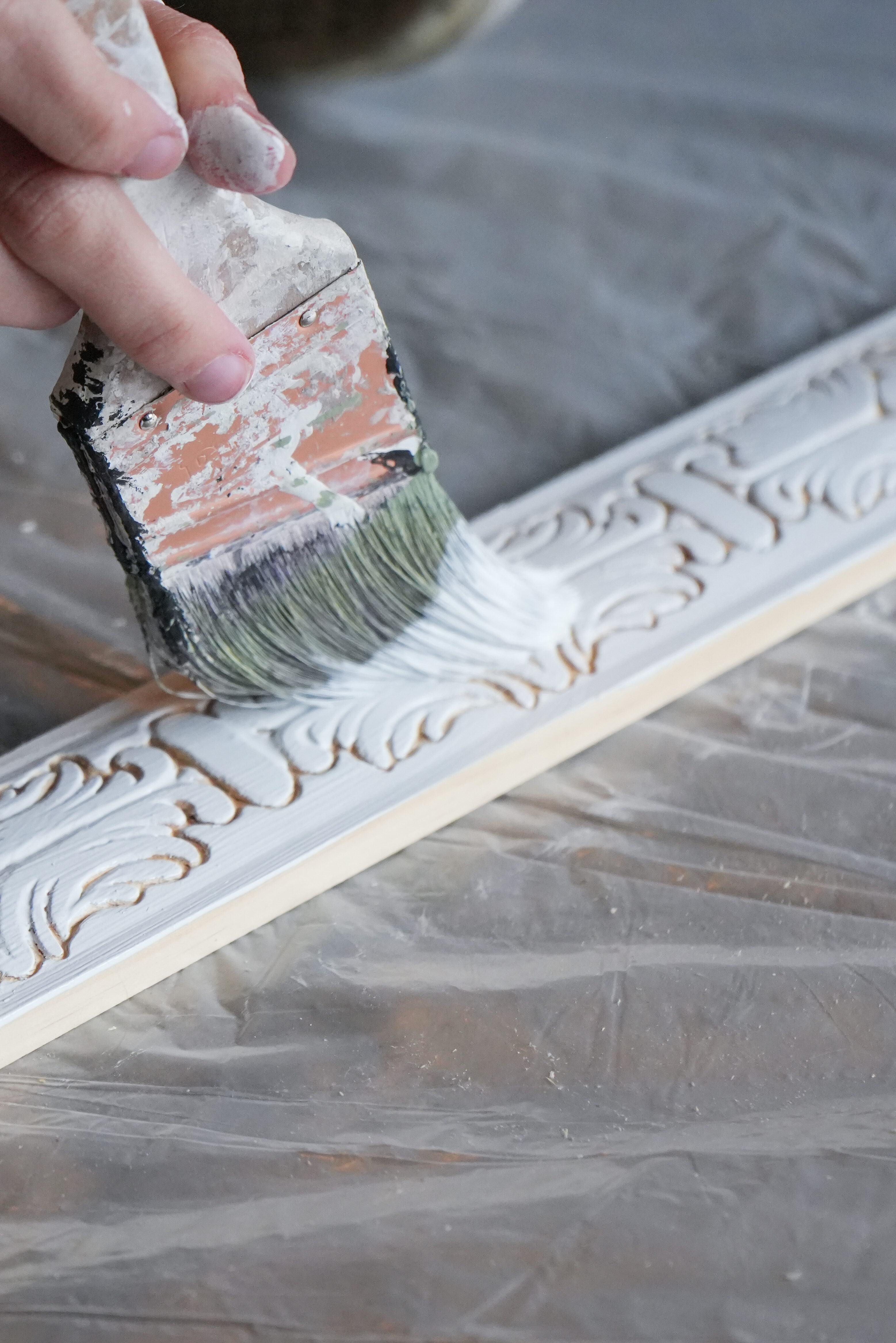A Beginner’s Guide to Choosing the Perfect Trim and Moulding
Choosing the right trim and moulding is important for creating a cohesive and polished look for your home. Even though these details may seem small, they have a big impact on the overall feel of a space. Whether you’re renovating an old home or putting the finishing touches on a new one, the trim and moulding you pick will frame your rooms, emphasize architectural features, and bring together your interior design. It can be overwhelming for beginners to know where to start with the wide variety of materials, styles, and finishes available. This guide is meant to make the process simpler by offering practical advice and insights for choosing the perfect trim and moulding for every room in your home. Making informed decisions about your space products will enhance its beauty and functionality, from understanding the different types and materials to ensuring they complement your décor.

Understanding the Basics
Trim and moulding are the essential finishing touches that enhance a room’s functionality and aesthetics. To make the best choices for your home, it’s crucial to familiarize yourself with the different types of trim and moulding available. Baseboards are the most common type, installed at the junction where the walls meet the floor. They protect the walls from scuffs and dirt while providing a smooth transition between surfaces. Crown moulding is another popular option, placed where the walls meet the ceiling. This type of moulding draws the eye upward, adding a sense of height and elegance to the room. Chair rail is typically installed horizontally on walls at the height of chair backs, helping to protect the walls from damage and creating a visual separation between different wall treatments. Door and window casings frame the openings in a room, providing a polished and finished look around doors and windows. Lastly, picture rails are a versatile option, running horizontally along the wall near the ceiling. Originally designed to hang artwork without damaging the walls, picture rails now offer a stylish touch that complements both traditional and modern interiors.
When considering materials, you have several choices, each with its unique benefits. Solid pine is a premium option, known for its knot-free, continuous wood grain that highlights its natural beauty. It’s more affordable than hardwoods, like oak, but still offers a high-end look. Solid pine can be stained or varnished to enhance its natural appearance, or painted for a smooth, clean finish. Fingerjoint pine offers the look of natural wood at a more budget-friendly price. It’s made by joining smaller wood pieces with a strong adhesive, creating a durable, seamless finish that mimics solid wood. Typically pre-primed, it’s ready for easy painting and provides a smooth, finished appearance. MDF (Medium Density Fiberboard) is the most budget-friendly option, made from wood fibers mixed with resin. While it lacks the durability and natural look of wood, MDF is easy to cut and install without splitting. It’s best suited for dry areas, as exposure to moisture can cause warping. Typically pre-primed, MDF provides a smooth, uniform surface that’s ready for painting. For those looking for a durable, moisture-resistant material, PVC trim is an excellent choice. It’s ideal for bathrooms, kitchens, and other areas prone to humidity, and it offers the added benefit of being low maintenance. Generally, PVC is more expensive than MDF and finger-jointed pine but less costly than hardwoods like oak, and it usually comes pre-finished, eliminating the need for painting. Understanding these basic materials will help you make informed decisions as you explore the world of trim and moulding, ensuring your choices not only enhance the beauty of your home but also improve its functionality.
Want to know more information on moulding species? Check out our blog How to Choose Your Moulding Species for a deeper dive into the different styles and looks that would be right for your home!




Matching Trim and Moulding with Your Décor
Selecting trim and moulding that complements your home’s architectural style is essential to achieving a cohesive look. Traditional homes, such as Victorian and Colonial styles, often feature trim with intricate details that enhance their elegance and classic charm. Victorian interiors, in particular, are renowned for their ornate and elaborate moulding designs. These homes often feature a variety of decorative elements, such as crown moulding, dentil moulding, and rosette blocks, all of which contribute to their distinctive, intricate style. These spaces frequently incorporate multiple layers of trim, creating a rich, textured appearance. Victorian moulding often showcases intricate patterns and motifs, such as floral or geometric designs, reflecting the craftsmanship of the era. The use of rich, dark woods alongside painted finishes adds warmth and opulence, making these interiors feel both inviting and sophisticated.
In contrast, Colonial interiors embody a more straightforward and functional approach. These spaces typically feature simpler, symmetrical designs that emphasize clean lines and a sense of balance. Colonial mouldings are often made from sturdy woods like oak or pine and are usually painted in muted colors or left with a natural finish, highlighting their durability and timelessness. The overall aesthetic reflects early American ideals of simplicity and functionality.
On the other hand, modern and contemporary homes benefit from minimalist trim characterized by clean lines and simplicity, allowing the architecture to shine without distraction. Modern interior, rooted in the early to mid-1900s, is defined by strong lines and natural colors. The design philosophy emphasizes simplicity, functionality, and clean lines, with minimalistic crown moulding, baseboards, and picture moulding often featuring straight, unembellished profiles. These elements are typically painted in neutral colors like white, black, or gray, creating a seamless and uncluttered look. The emphasis is on integrating the trim with the architecture to maintain a smooth flow of space.
Contemporary interior design is characterized by clean lines, minimal decoration, and a reflection of current trends. This style is very current, adapting to changes in tastes and preferences. In contemporary interiors, moulding often features sleek, unadorned profiles, with a focus on simplicity. While the design is generally minimal, it allows for the use of bold colors, contrasting finishes, and a mix of materials like wood, metal, or glass, adding visual interest without overwhelming the space. The result is a fresh, adaptable look that evolves with the times.


Practical Tips for Selecting Trim and Moulding
If you’re new to the process of choosing trim and moulding, it’s a good idea to start small and take a methodical approach. Begin by trying out different styles and materials in a single room or area to see how they look in your space before committing to larger projects. It’s important to also think about the functionality of the trim and moulding you choose. For example, baseboards and chair rails can protect walls from scuffs and damage, while crown moulding can visually increase a room’s ceiling height. Balancing your budget with quality is another important consideration. Although it’s tempting to go for the most affordable options, investing in higher-quality materials for high-traffic areas like living rooms or entryways can be beneficial in the long run. In addition, it is very important to decide whether to do-it-yourself or hire a professional to do the installation. Simple trims like baseboards might be a good DIY project, but for more complex installations, such as intricate crown moulding, hiring a professional can ensure a flawless finish. By considering these practical tips, you can make informed decisions that will enhance the beauty and durability of your home’s interiors.


Choosing the perfect trim and moulding is more than just a finishing touch; it’s a crucial aspect of your home’s design that can significantly shape the overall look and feel of your space. Whether you’re opting for a classic, ornate style or a sleek, contemporary vibe, the right trim and moulding can elevate your interior design, adding depth and character to each room. As you embark on this journey, remember to take your time and consider factors such as materials, styles, and how they integrate with the overall design of your space. With careful planning and a bit of creativity, you can transform your home into a beautiful, cohesive space that reflects your personal style. So, don’t be afraid to explore different options and experiment with new ideas. Your perfect trim and moulding are out there waiting to bring your vision to life!
Check out our Pinterest Board for more inspirational designs and make sure to follow us on Instagram and Facebook @WeAreWoodgrain